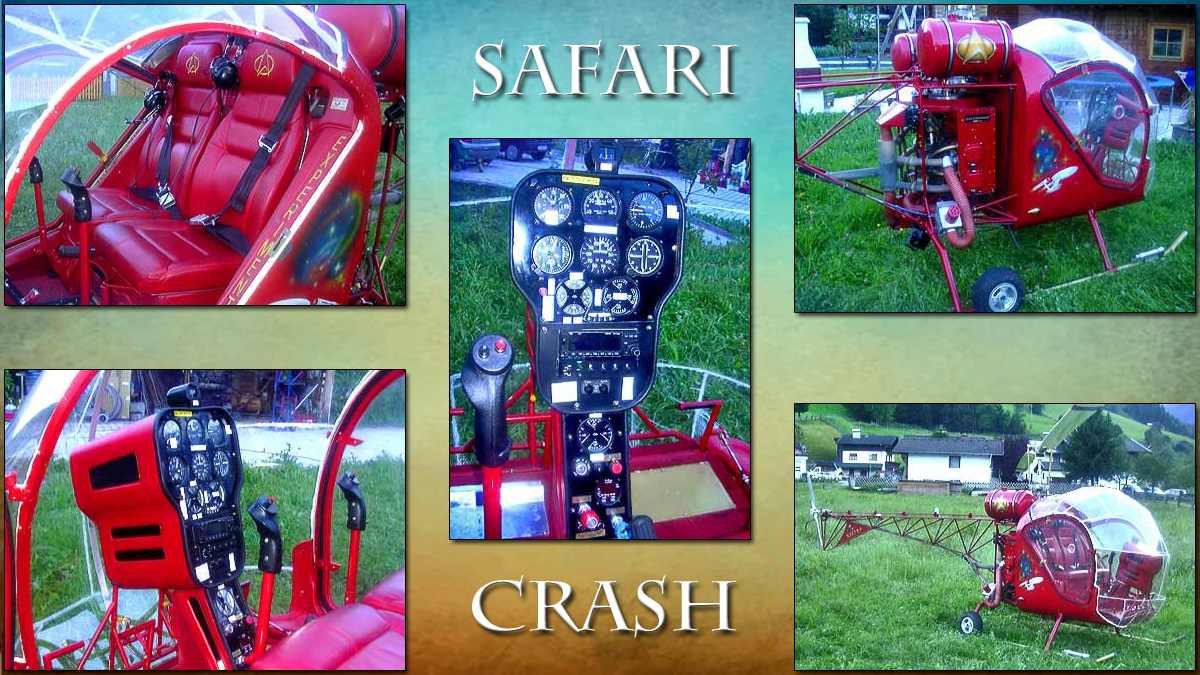Among the big group participating or just monitoring this forum - I am hoping someone has professional expertise in dealing with anodizing aluminum parts for airplanes. I have read and studied a bit on the internet and have general knowledge. But my hope is that someone reading this has actual experience having aerospace parts (not furniture) anodized. There are various different processes. Type I (chromic acid) was the one used for a long time in aerospace but has become harder to find because of nasty environmental stuff. Type II is now more common but it would seem used less on aerospace parts. There are other types as well.
Some advice from someone with experience would be much appreciated. Please give me a call if you can help. Mark 512/626-7886.
Some advice from someone with experience would be much appreciated. Please give me a call if you can help. Mark 512/626-7886.




Comment